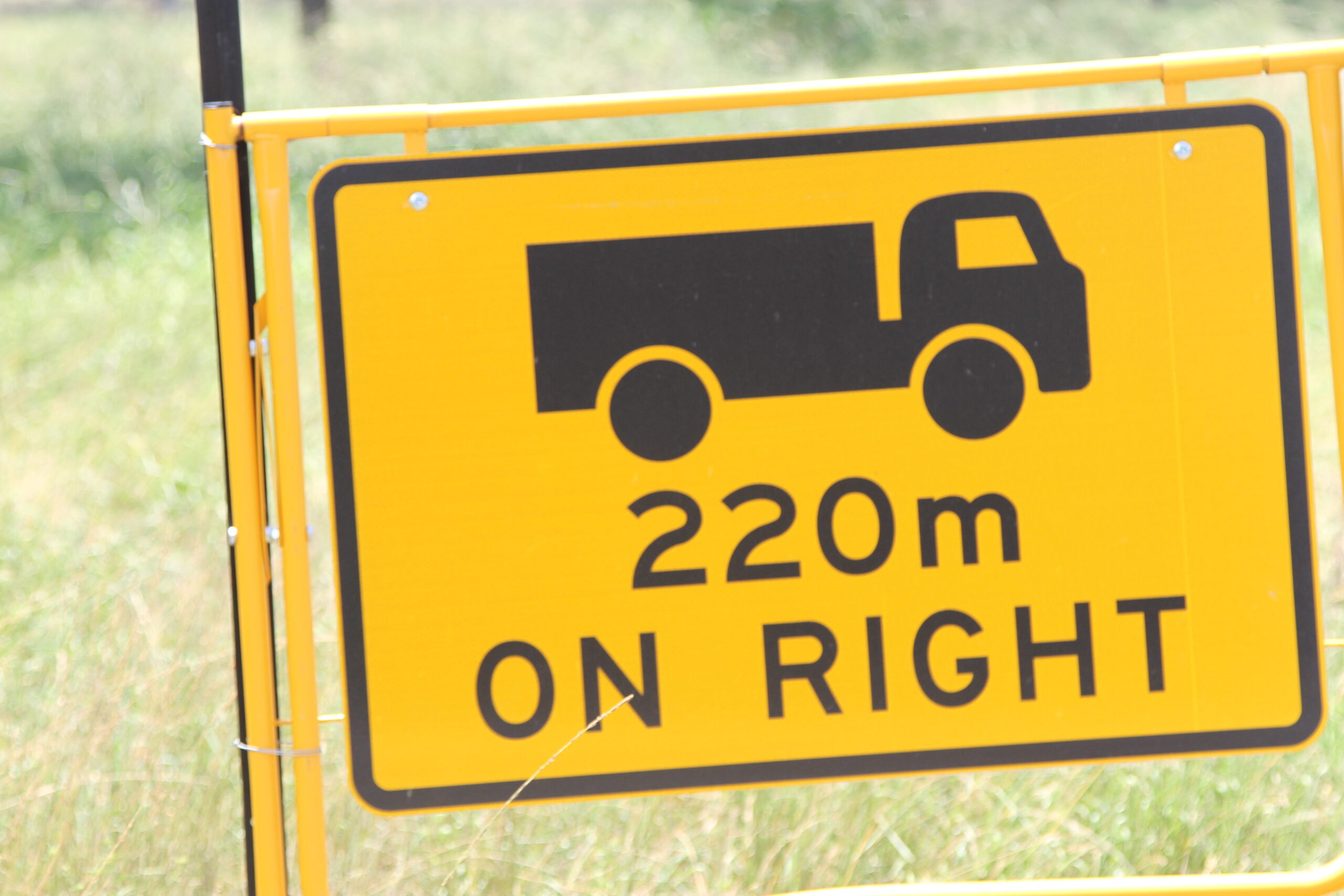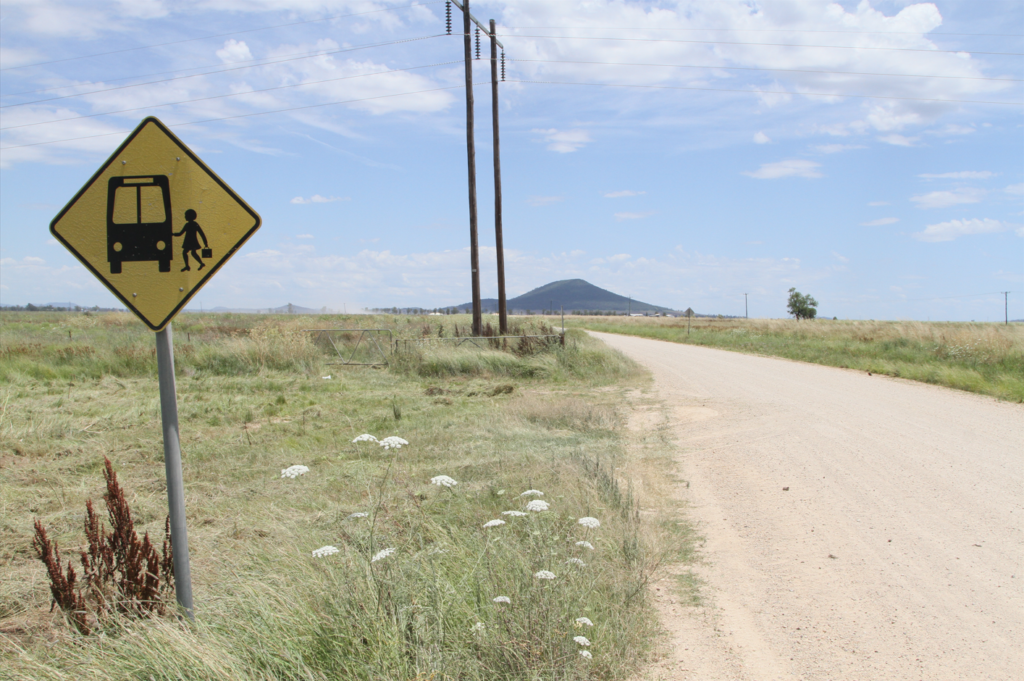Using environmental print to stimulate story ideas
- Posted by Crackastory
- Categories Educators
- Date

When it comes to writing and telling stories, what weight should we put on the well-worn piece of advice: ‘Write what you know’? Take a while to think about it before reading further.

Of course, writing what you know can be beneficial. It can provide a solid (and confidence-lifting) foundation for both non-fiction and fiction writing. It makes perfect sense. Now, let’s move on from that and re-frame the theme a little by introducing the importance of environmental print, which is the print that we are exposed to in everyday life: street signs, food packaging, the sponsor’s logo on your child’s footy jumper, television commercials, posters on the windows at the local shops…
We know environmental print can be very important in teaching our youngest people to read, break codes and make meaning from the complicated language that is English. (And other languages too). We all make meaning from the communication methods we are exposed to in our own environments, and thus it is not too great a leap to suggest that these communication methods can be used to stimulate our thinking when writing or telling stories. Take, for example, our rural students who travel to and from school every day from their outlying farms. To them, a sign depicting a bus-stop might have significant meaning to them. Perhaps it is because the sign signifies where the students farewell and meet their mum or dad, or where they meet and farewell their friends. Or maybe the sign represents a 40-minute slog that introduces a Monday to Friday grind of being away from riding motorbikes and being outdoors. Does the sign signify the finish and start of freedom?

At various times Crack-A-Story will incorporate environmental print into story-telling exercises. Here’s one for starters. If you have other ideas for film clips, please let us know. At Crack-A-Story we love ideas and learning from other people.
Tag:#Educators
